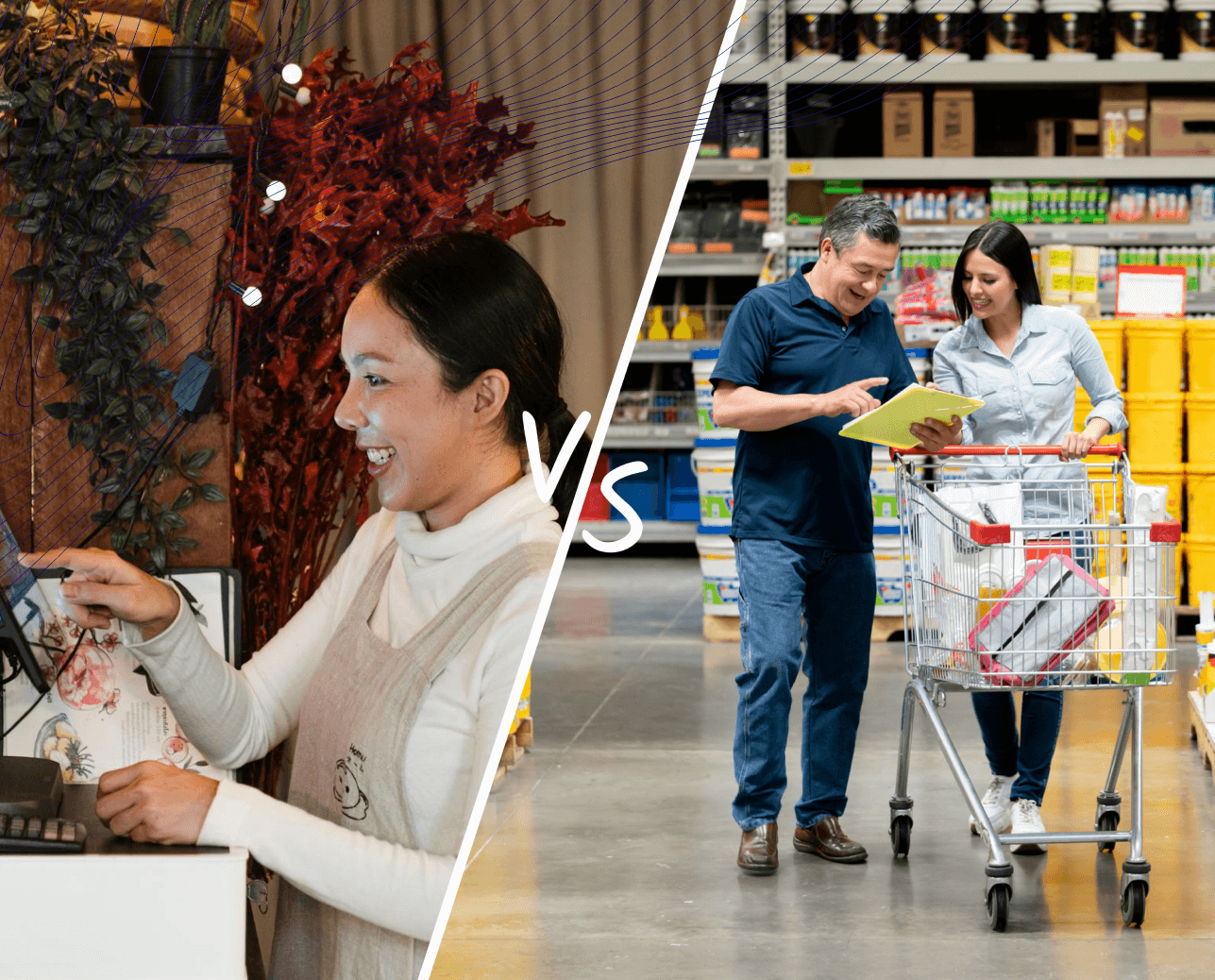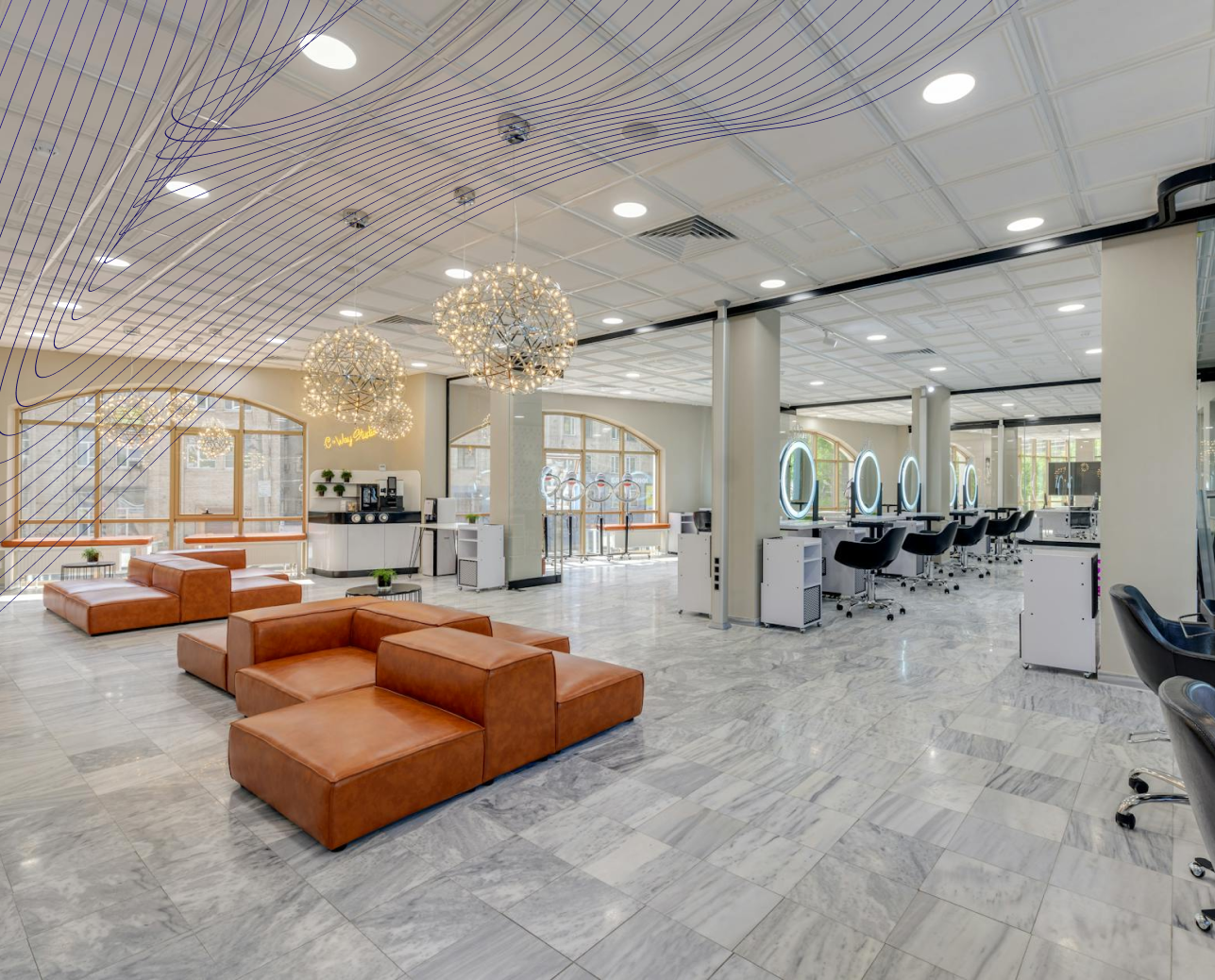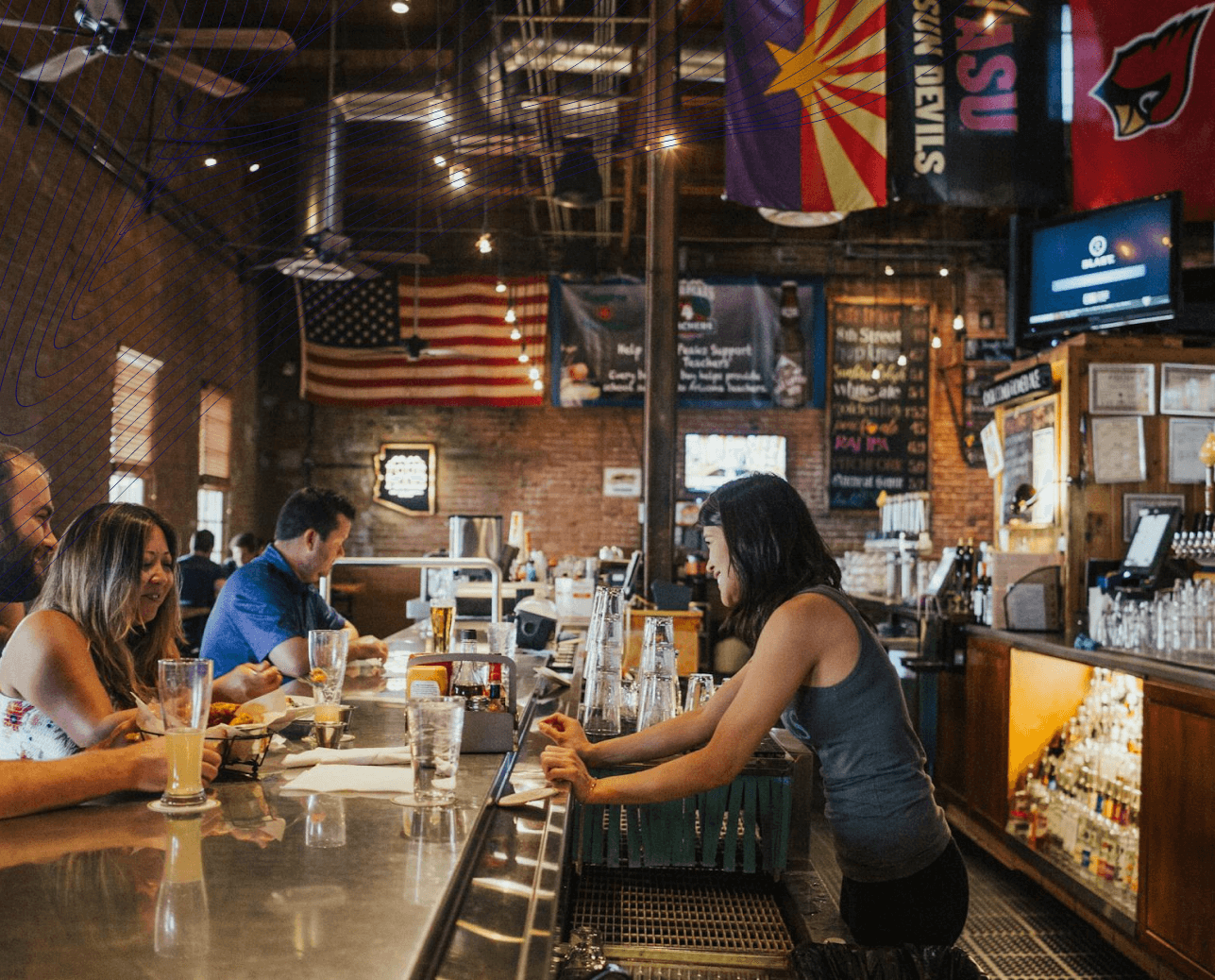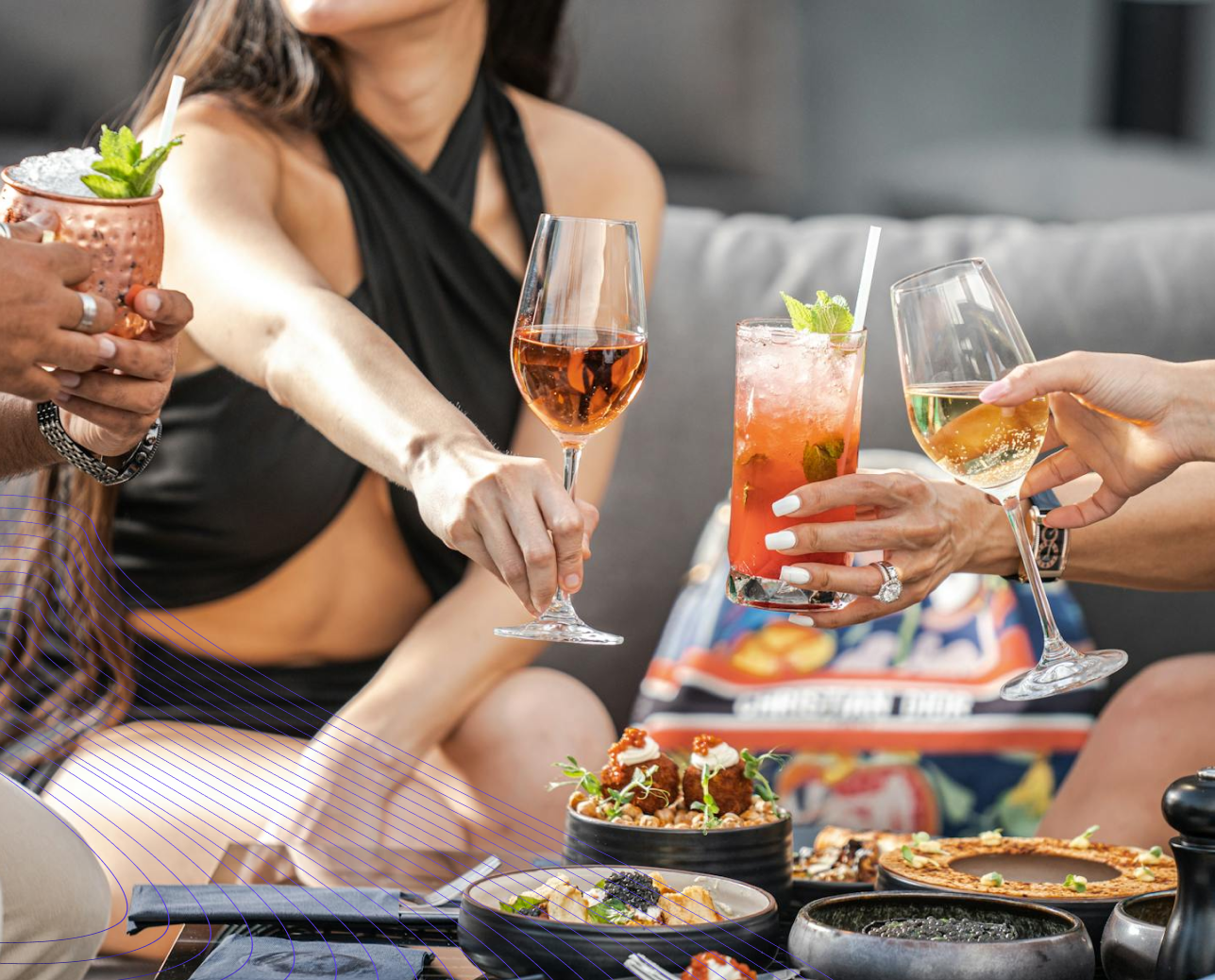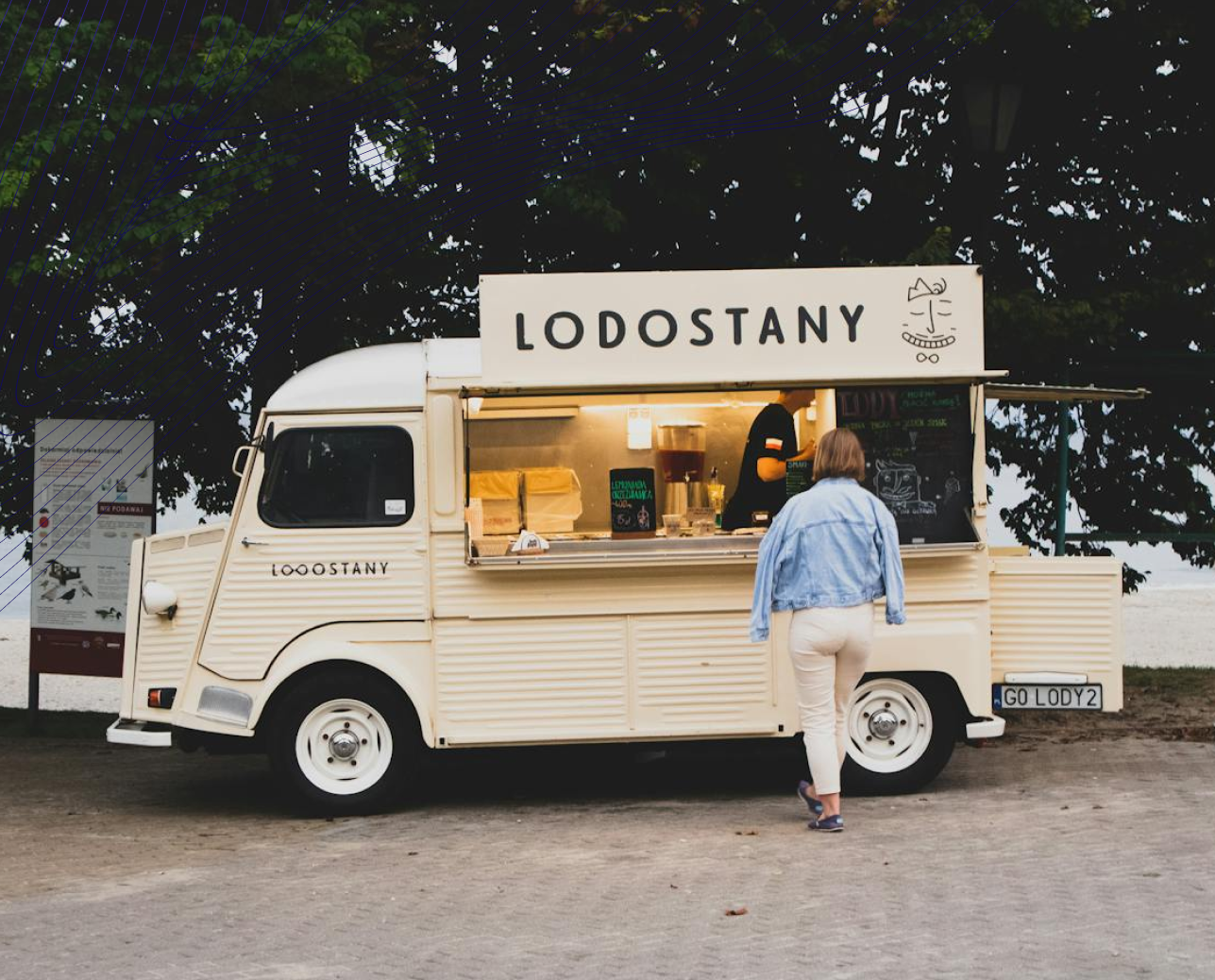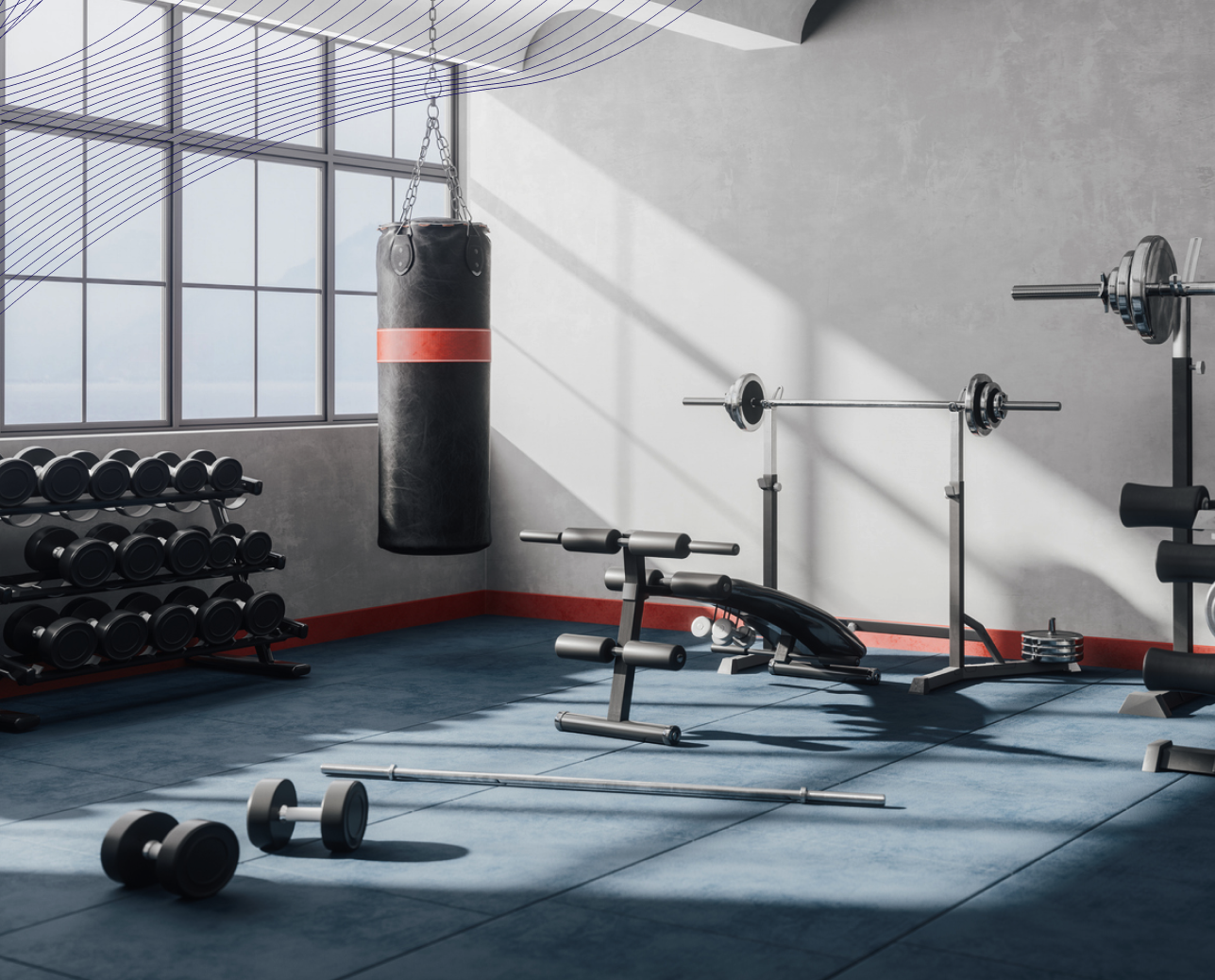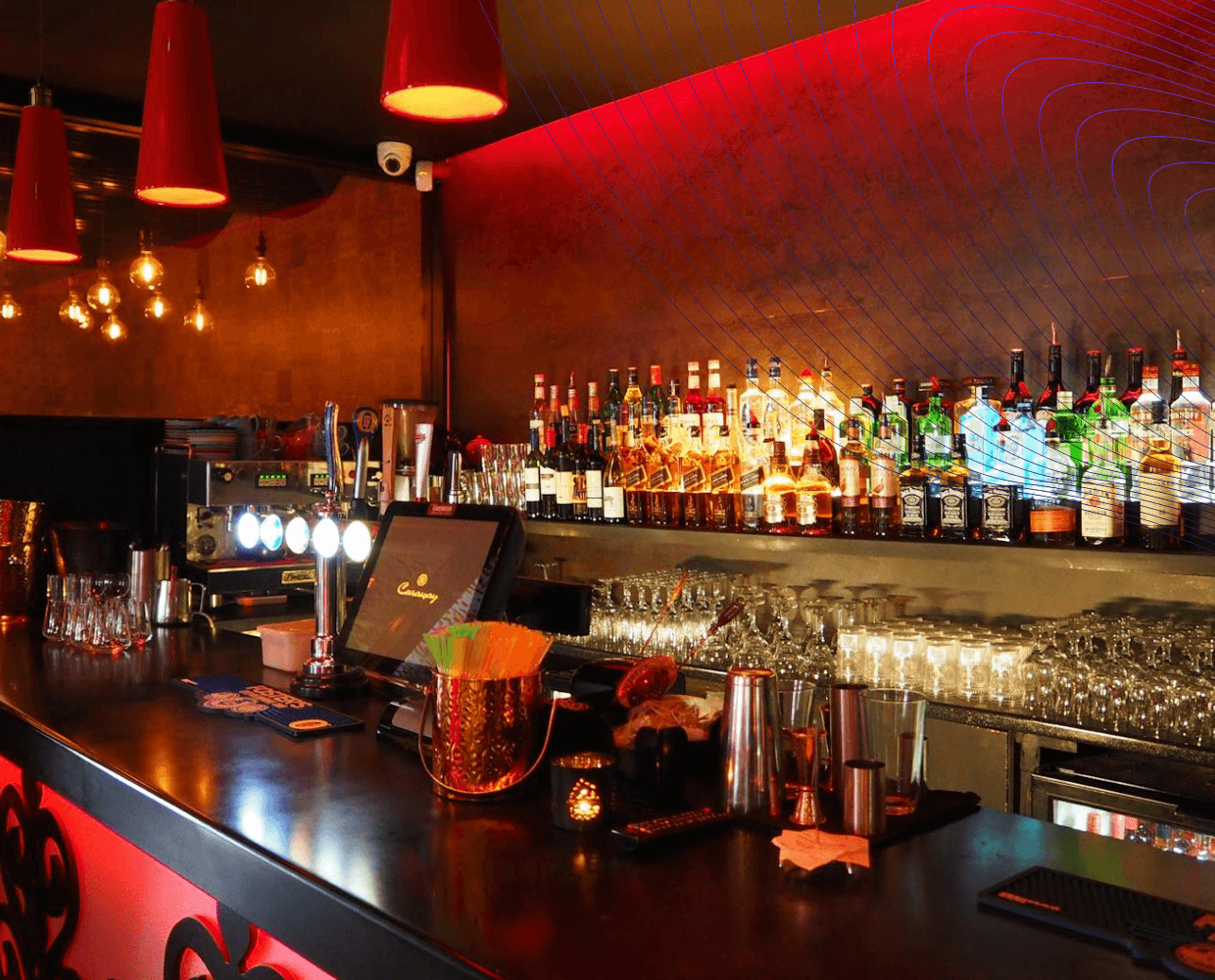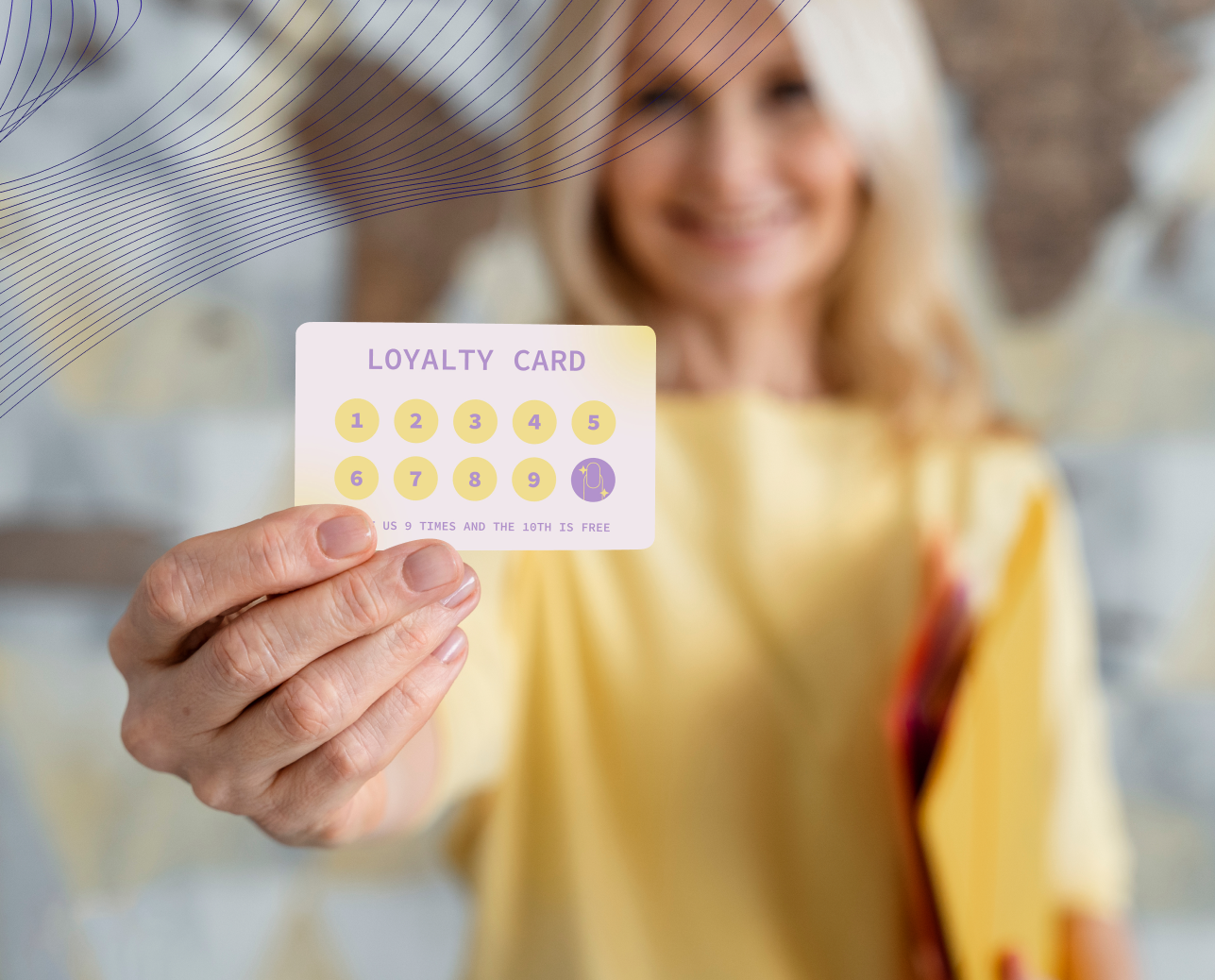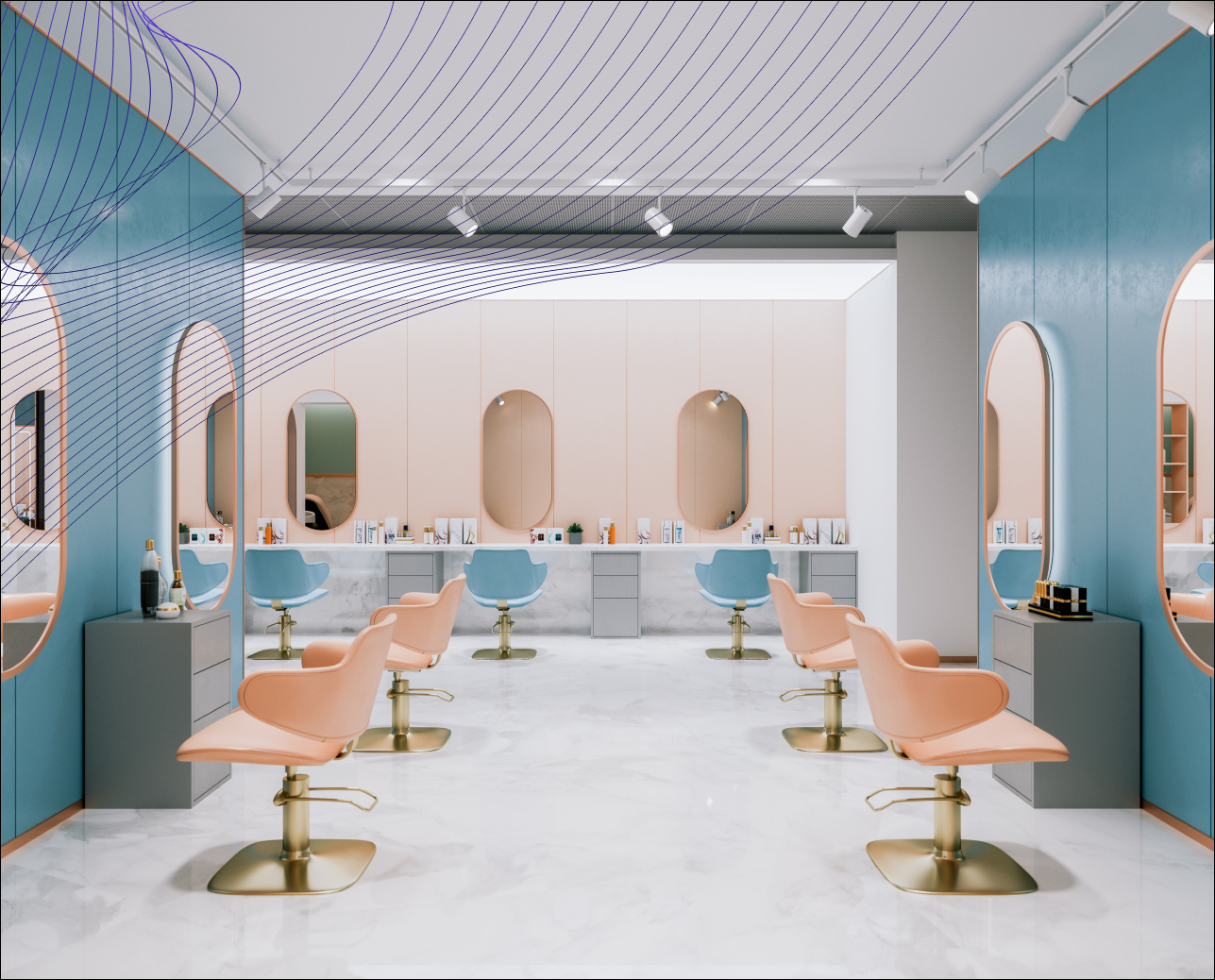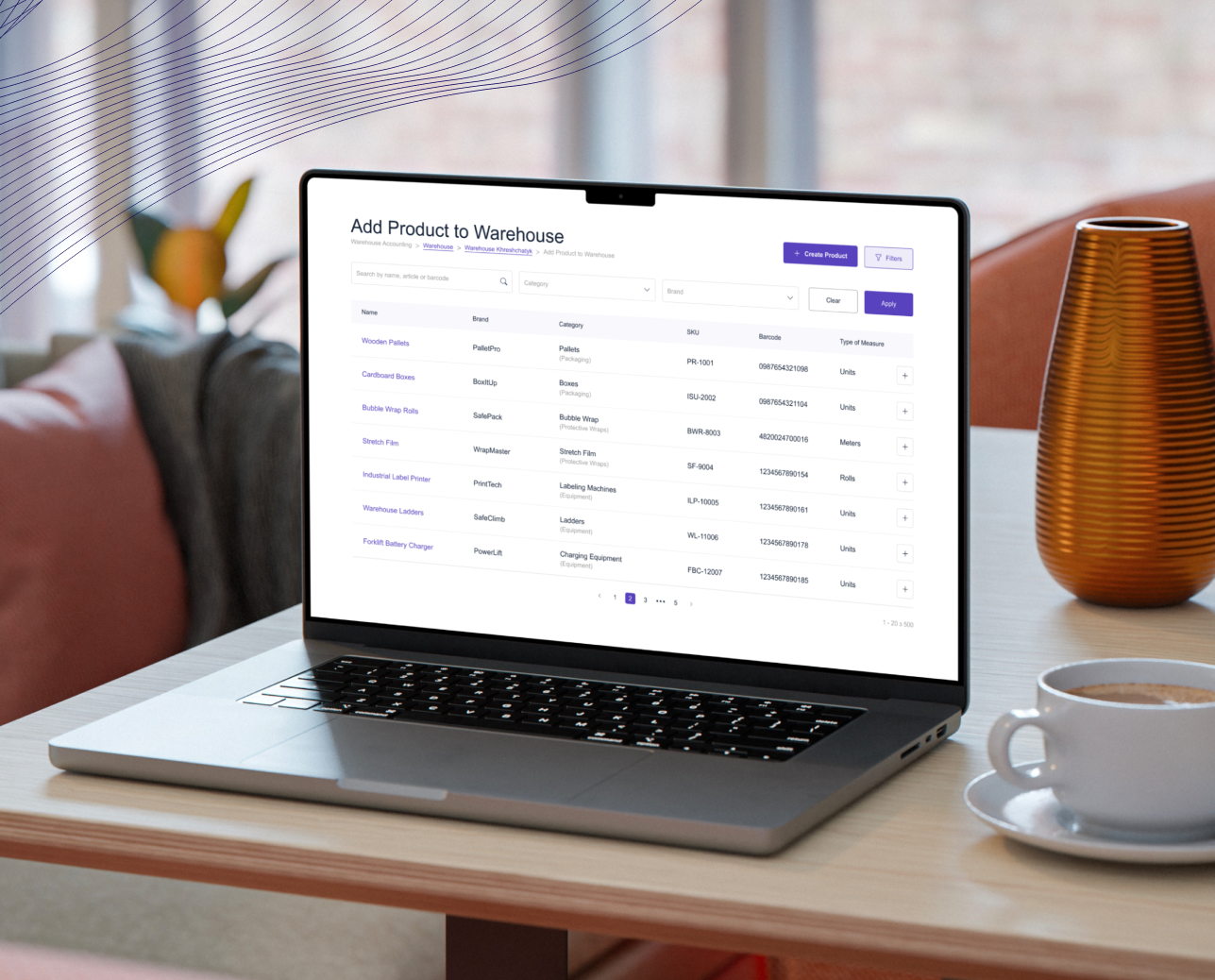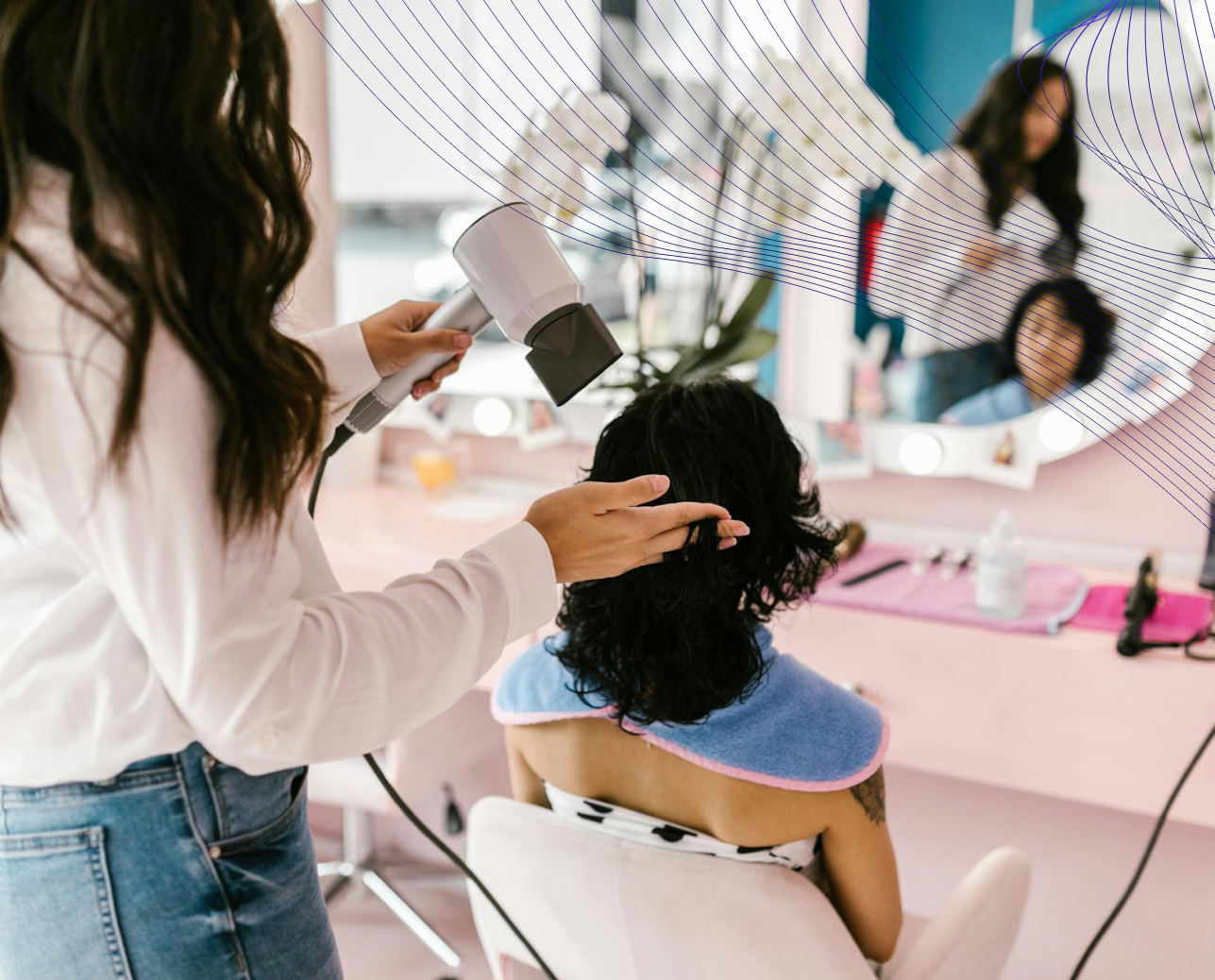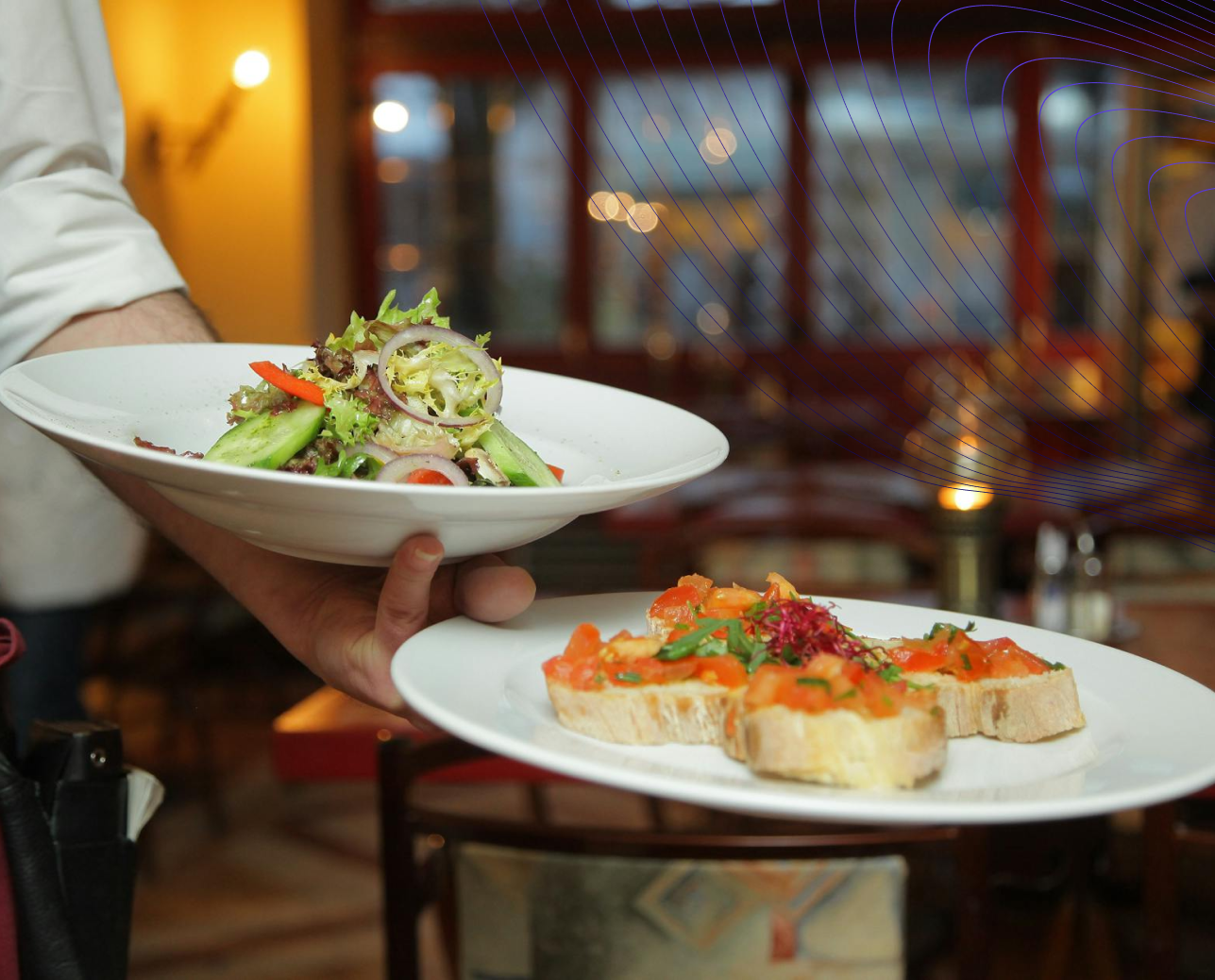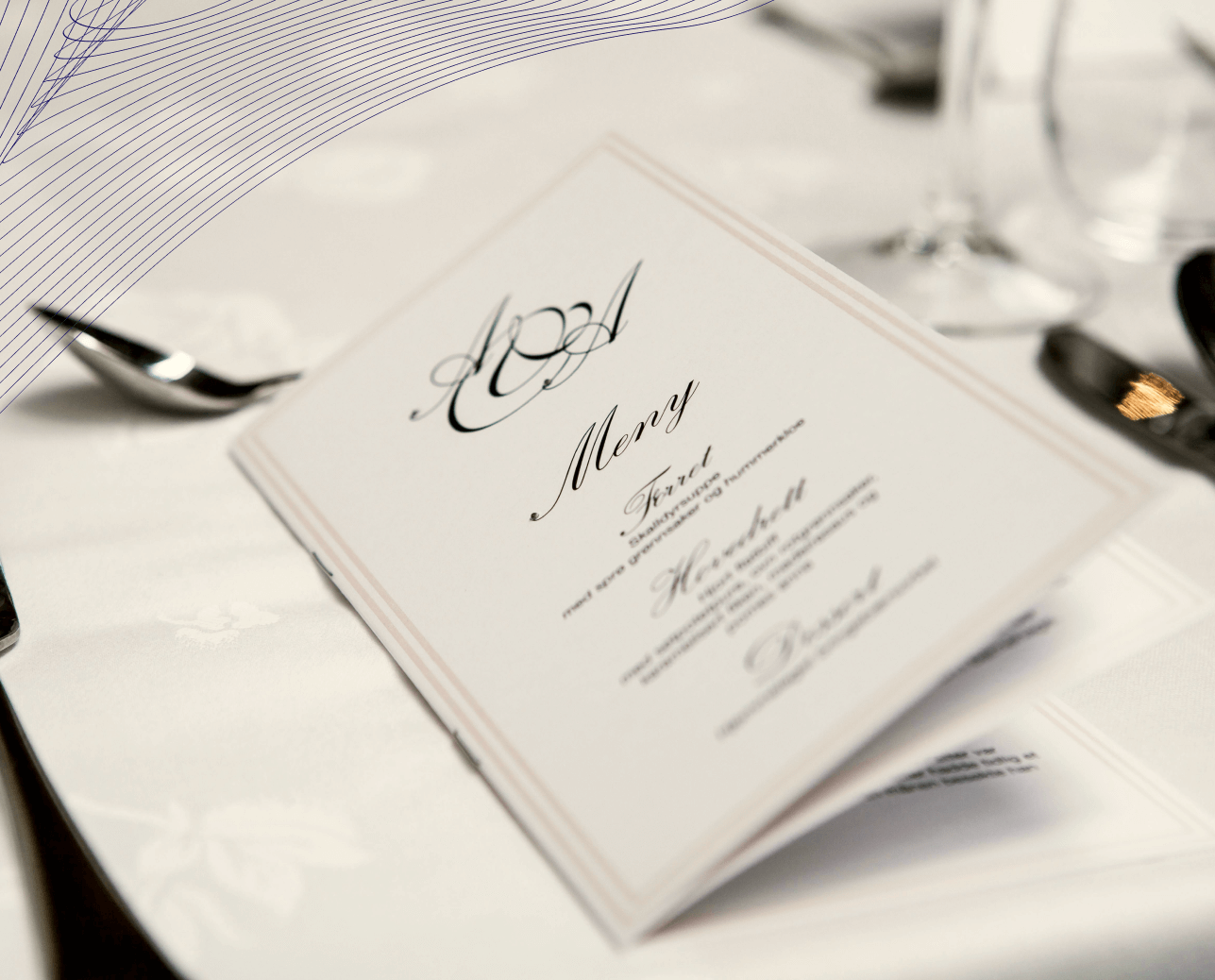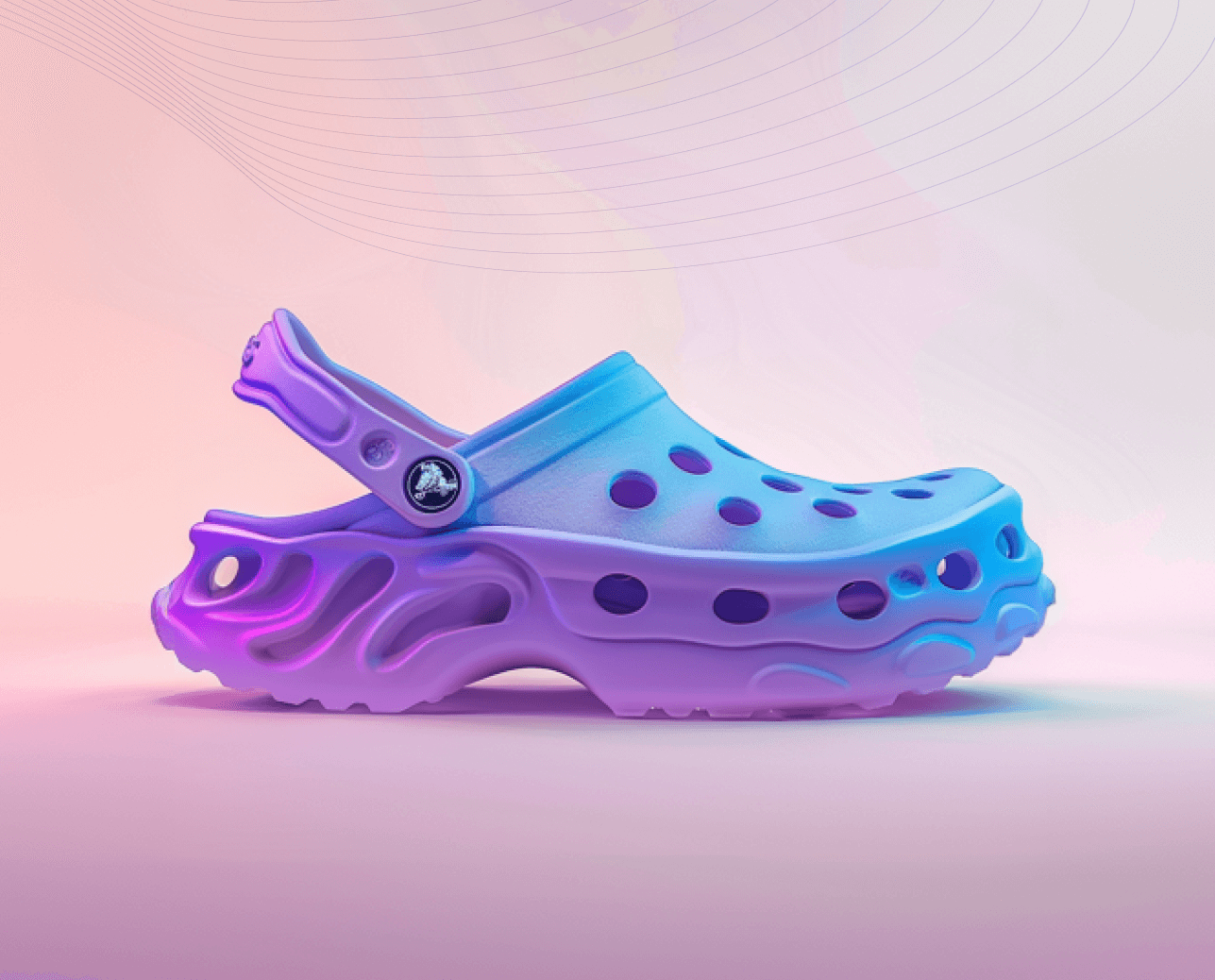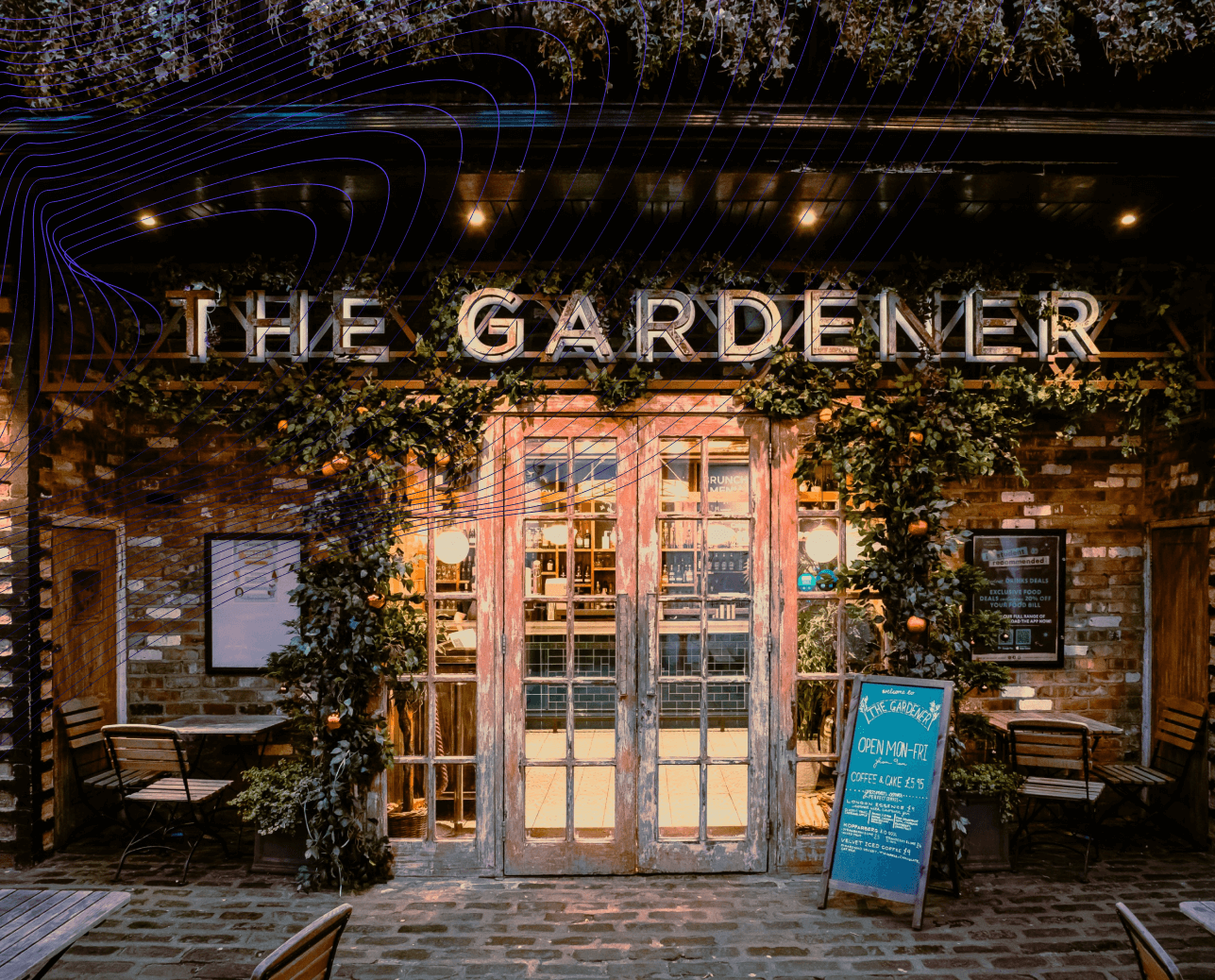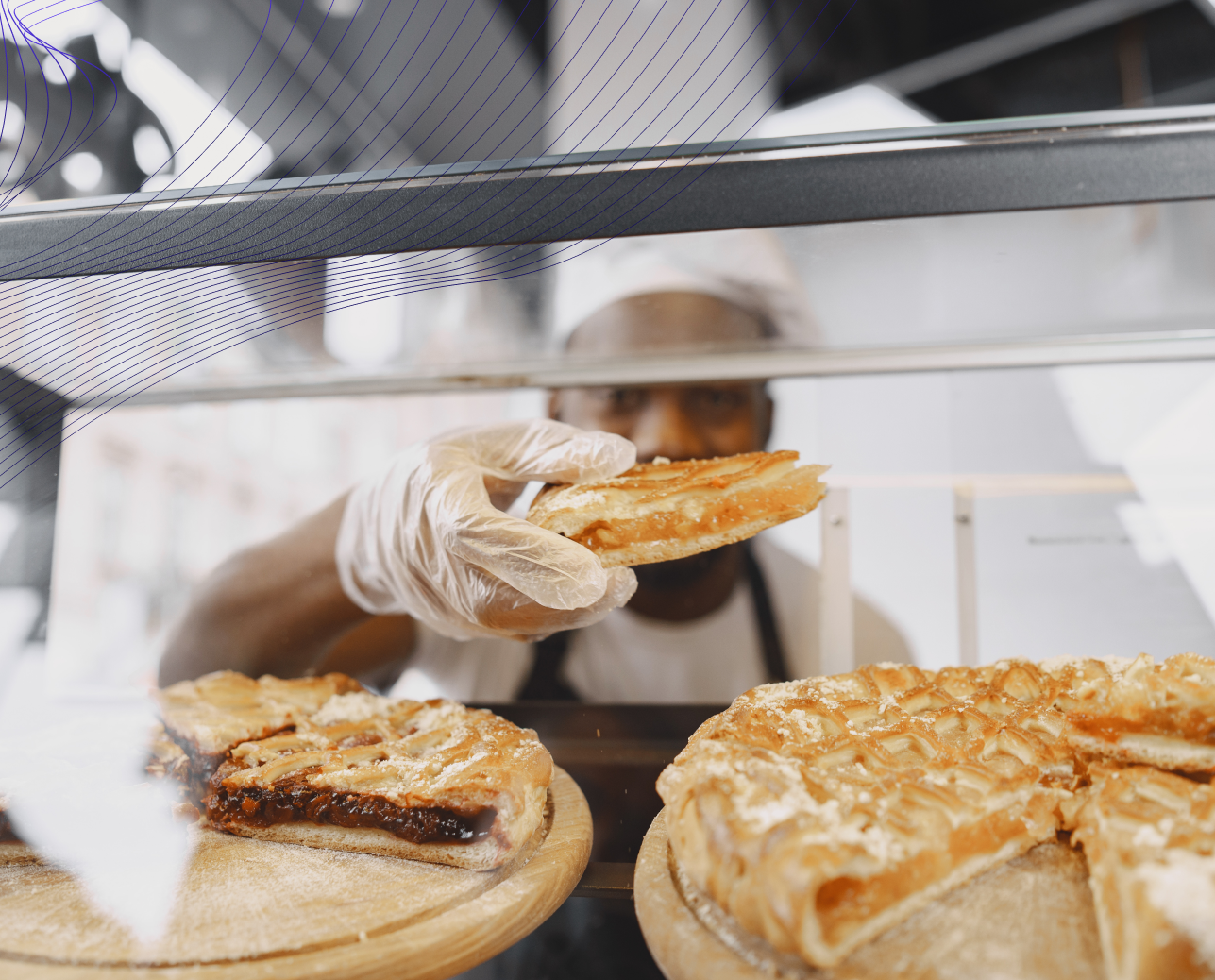Як скласти дизайн меню ресторану?
Розробка меню ресторану – важливий аспект ресторанної індустрії. Добре продумане меню – це не просто перелік пропонованих страв, воно слугує відображенням бренду ресторану, покращує клієнтський досвід і може суттєво вплинути на продажі.
У цій статті ми розглянемо різні елементи, з яких складається ефективне дизайнерське меню ресторану. Ми надамо покрокову інструкцію щодо його створення, а також поділимося найкращими практиками та інструментами, які допоможуть вам створити професійне та привабливе меню для вашого закладу.

Важливість дизайну меню ресторану
Вдалий дизайн меню ресторану – це важливий аспект управління рестораном, який впливає на задоволеність клієнтів, сприйняття бренду та загальний успіх бізнесу. Ретельно продумуючи елементи дизайну меню, власники ресторанів можуть створити позитивний досвід відвідування, який заохочує до повторних візитів і підвищує репутацію закладу.
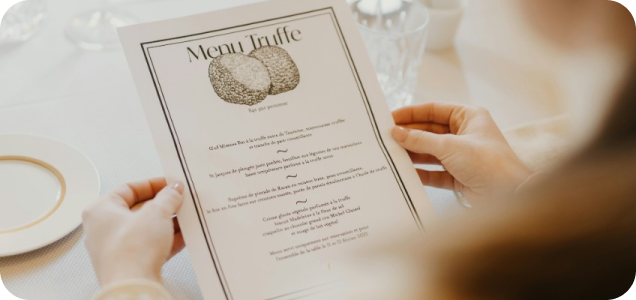
Перше враження має значення
Меню часто є першою відчутною взаємодією клієнтів з вашим рестораном. Добре продумане меню задає тон всьому обіду, передаючи атмосферу, якість і увагу до деталей ресторану. Перші враження запам'ятовуються надовго, і візуально привабливе, зручне для навігації меню може створити позитивний початок трапези. Забезпечення того, щоб ваше меню одразу ж передавало суть вашого ресторану, може допомогти сформувати очікування та захоплення від відвідування закладу.
Чудовий дизайн меню ресторану з більшою ймовірністю залучить клієнтів, зробивши їх більш зацікавленими у вивченні доступних варіантів. Початкова візуальна привабливість, включаючи макет, кольори та зображення, може викликати цікавість і створити позитивний настрій. З іншого боку, погано розроблене меню може призвести до плутанини або розчарування, що потенційно може вплинути на загальний досвід відвідування ресторану ще до його початку.
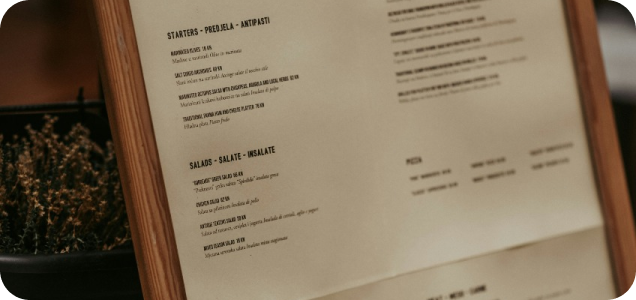
Вплив на вибір клієнта
Розташування, описи та презентація позицій меню можуть суттєво вплинути на те, що клієнти вирішать замовити. Стратегічне розміщення високомаржинальних позицій, апетитні описи та привабливі зображення можуть підштовхнути клієнтів до конкретного вибору, що в кінцевому підсумку збільшить продажі та покращить їхній досвід відвідування ресторану. Дослідження показали, що клієнти з більшою ймовірністю замовляють страви, які виділяються візуально і мають привабливий опис.
Психологія, що лежить в основі дизайну картки меню ресторану, передбачає розуміння того, як очі клієнтів рухаються по сторінці і як певні елементи можуть впливати на їхні рішення. Наприклад, розміщення високоприбуткових позицій на видних місцях, наприклад, у правому верхньому куті, може підвищити ймовірність їх замовлення. Крім того, використання переконливої мови, яка підкреслює унікальні якості та смак страви, може зробити її більш привабливою. Ця техніка, відома як інженерія меню, є потужним інструментом для максимізації прибутковості.

Посилення вашого бренду
Меню є прямим відображенням фірмового стилю вашого ресторану. Послідовне використання кольорових схем, шрифтів та зображень, які відповідають індивідуальності вашого бренду, може посилити загальну впізнаваність та лояльність до нього. Єдине сприйняття бренду – від меню до атмосфери ресторану – допомагає створити незабутній досвід відвідування ресторану для ваших клієнтів. Добре брендоване меню може справити незабутнє враження і диференціювати ваш ресторан на конкурентному ринку.
Елементи дизайну меню повинні легко інтегруватися з іншими аспектами брендингу, такими як логотип ресторану, декор інтер'єру та маркетингові матеріали. Така узгодженість допомагає зміцнити бренд у свідомості клієнтів, роблячи досвід відвідування ресторану більш захопливим і відповідним їхнім очікуванням. Наприклад, ресторан високого класу може використовувати елегантні шрифти та мінімалістичний дизайн, тоді як сімейна перекусна може обрати яскраві кольори та грайливі шрифти.
Ключові елементи успішного дизайну меню
Успішний дизайн картки меню ресторану складається з кількох ключових компонентів, кожен з яких відіграє життєво важливу роль у створенні позитивного враження у клієнтів. Зосередившись на цих елементах, власники ресторанів можуть гарантувати, що їхнє меню буде функціональним і візуально привабливим.
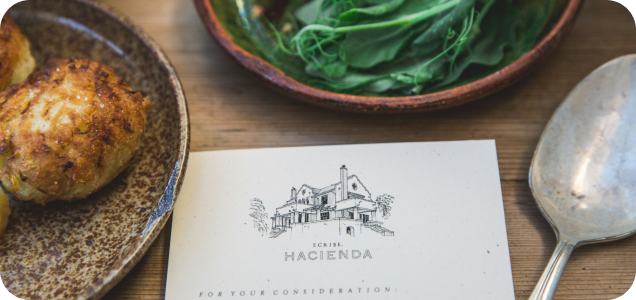
Чіткий і читабельний шрифт
-
Розмір шрифту: Переконайтеся, що розмір шрифту достатньо великий, щоб його могли прочитати всі клієнти, в тому числі з порушеннями зору.
-
Стиль шрифту: Надавайте перевагу простим, чистим шрифтам і уникайте надмірно декоративних стилів, які можуть бути важкими для читання.
-
Інтервали: Використовуйте достатній інтервал між рядками та розділами, щоб текст не виглядав захаращеним.
Баланс між естетикою та функціональністю, щоб текст був не лише привабливим, але й доступним, має вирішальне значення. Правильний інтервал між рядками та розділами також може покращити читабельність, полегшуючи клієнтам навігацію в меню.
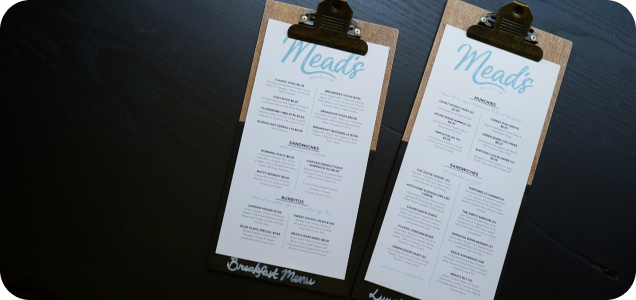
Логічне розташування та організація
Логічно організований дизайн дошки меню ресторану допомагає клієнтам швидко і легко знайти те, що вони шукають. Групування схожих позицій разом, використання чітких заголовків і дотримання логічної послідовності (наприклад, закуски, основні страви, десерти) може підвищити зручність використання. Добре організоване меню зменшує втому від прийняття рішень і дозволяє клієнтам зосередитися на виборі страв, не відчуваючи себе перевантаженими.
Ефективна структура меню передбачає не лише розташування позицій, але й потік інформації. Меню повинно проводити клієнтів через кулінарну подорож, починаючи з закусок і закінчуючи десертами та напоями. У межах кожного розділу страви повинні бути перераховані в логічній послідовності, наприклад, згруповані разом вегетаріанські страви або перераховані за основним інгредієнтом. Така організація допомагає клієнтам швидше приймати рішення і покращує загальний досвід відвідування ресторану.

Ефективне використання кольорів
Кольори можуть підкреслити важливі розділи та відобразити індивідуальність вашого бренду. Наприклад, теплі кольори, такі як червоний і помаранчевий, можуть стимулювати апетит, тоді як холодні кольори, такі як синій і зелений, створюють заспокійливий ефект. Переконайтеся, що колірна гамма відповідає загальному стилю вашого бренду та покращує читабельність меню. Продумане використання кольору може привернути увагу до високомаржинальних позицій і створити візуальний інтерес.
Обираючи кольори, враховуйте ці поради:
-
Виділення: Використовуйте кольори для виділення особливих пунктів або розділів меню.
-
Відповідність бренду: Переконайтеся, що колірна гамма відповідає загальному брендингу вашого ресторану.
-
Читабельність: Обирайте кольори, які забезпечують хороший контраст, щоб текст був читабельним.
Психологічний вплив кольорів відіграє важливу роль у стилістиці меню ресторану. Наприклад, відомо, що червоний збільшує частоту серцевих скорочень і стимулює апетит, що робить його ефективним кольором для виділення популярних або вигідних страв. З іншого боку, зелений може викликати відчуття здоров'я і свіжості, що підходить для просування салатів і вегетаріанських страв. Головне – використовувати колір стратегічно, балансуючи між естетикою та функціональністю, щоб покращити враження від відвідування ресторану.

Високоякісні зображення
Якісні зображення ваших страв можуть зробити їх більш привабливими та підвищити продажі. Однак важливо використовувати професійну фотографію та уникати захаращення меню великою кількістю зображень. Виберіть кілька ключових страв, щоб показати їх з апетитними візуальними ефектами. Зображення повинні бути добре освітленими, точно представляти страви та бути стратегічно розміщеними, щоб покращити загальний дизайн меню.
Ефективне використання зображень у меню:
-
Професійна фотографія: Інвестуйте в професійну фотографію, щоб забезпечити високу якість зображень.
-
Стратегічне розміщення: Розміщуйте зображення біля високоприбуткових позицій або фірмових страв, щоб привернути увагу.
-
Послідовність: Використовуйте зображення однакового стилю та якості, щоб підтримувати цілісний вигляд.
Візуальна привабливість має вирішальне значення для впливу на вибір клієнта. Високоякісні зображення можуть зробити страви більш привабливими та допомогти клієнтам візуалізувати те, що вони будуть замовляти. Однак надмірне використання зображень може захаращувати меню і відволікати від його загальної елегантності. Найкраще представити кілька видатних страв з професійними фотографіями, які підкреслюють їхні найкращі якості. Крім того, забезпечення відповідності зображень за стилем та якістю може сприяти створенню цілісного та відшліфованого меню.
Покрокова інструкція зі створення меню
Створення меню складається з кількох етапів, кожен з яких має вирішальне значення для забезпечення функціональності та привабливості кінцевого продукту. Цей посібник містить практичні кроки, яких можуть дотримуватися власники та менеджери ресторанів, щоб розробити меню, яке покращить враження від відвідування ресторану.
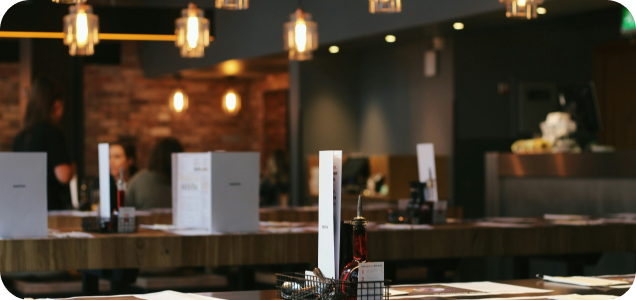
Крок перший: визначте концепцію вашого ресторану
Узгодьте дизайн сучасного ресторанного меню із загальною концепцією та тематикою вашого закладу. Незалежно від того, чи ви керуєте вишуканим рестораном, кафе чи закладом швидкого харчування, меню має відображати атмосферу та стиль вашого ресторану. При розробці меню враховуйте тип кухні, цільову аудиторію та атмосферу ресторану, щоб забезпечити його відповідність концепції вашого закладу.
Основні аспекти, які слід враховувати, включають:
-
Тип кухні: Переконайтеся, що меню відображає тип кухні, яку ви пропонуєте.
-
Цільова аудиторія: Складайте меню, орієнтуючись на цільову аудиторію, враховуючи її вподобання та очікування.
-
Атмосфера: Узгодьте дизайн меню із загальною атмосферою та декором ресторану.
Концепція вашого ресторану повинна бути очевидною з першого погляду на меню. Це включає вибір мови, тип перерахованих страв і загальну естетику дизайну. Наприклад, ресторан морепродуктів може підкреслити свіжість океанічної тематики морськими елементами дизайну, тоді як італійська тратторія може використовувати сільські шрифти та зображення, що нагадують про чарівність Італії. Забезпечення відповідності меню вашій концепції допомагає створити єдине враження від бренду.
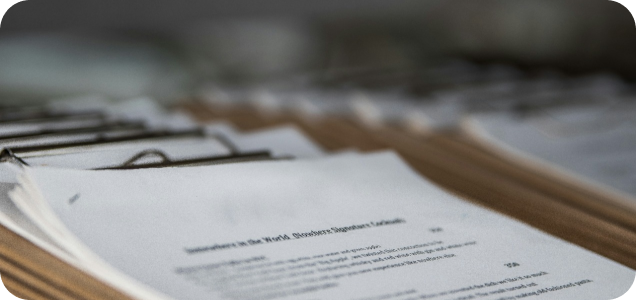
Крок другий: Виберіть правильний розмір і формат меню
Виберіть розмір і формат меню, який буде практичним і зручним для користувачів. Враховуйте обстановку в закладі та те, як клієнти будуть взаємодіяти з меню. Серед варіантів – односторінкові меню, меню у вигляді буклета або цифрові меню на планшетах. Формат повинен бути простим у використанні, довговічним і відповідати обстановці ресторану.
Розглянемо ці варіанти:
-
Односторінкові меню: Ідеально підходить для ресторанів швидкого обслуговування або невеликих меню.
-
Меню у вигляді буклета: Підходить для великих меню з декількома розділами.
-
Цифрові меню: Пропонують гнучкість і можуть покращити враження від відвідування ресторану завдяки інтерактивним елементам.
Розмір і формат меню можуть суттєво вплинути на клієнтський досвід. Великі, громіздкі меню можуть бути складними для сприйняття за столом, тоді як дуже маленькі або переповнені меню може бути важко читати. Враховуйте фізичний контекст, в якому буде використовуватися меню, включаючи розмір столу та умови освітлення. Крім того, цифрові меню пропонують гнучкість і можуть покращити враження від відвідування ресторану завдяки інтерактивним елементам, таким як зображення і докладні описи.

Крок третій: Виберіть колірну схему
Виберіть колірну гамму, яка доповнює брендинг та атмосферу вашого ресторану. Кольори повинні бути привабливими та покращувати читабельність. Переконайтеся, що між фоном і текстом є хороший контраст. Послідовна колірна гама допомагає посилити ідентичність вашого бренду і робить меню візуально цілісним.
Поради щодо вибору колірної гами:
-
Кольори бренду: Використовуйте кольори, які є частиною палітри вашого бренду.
-
Контрастність: Переконайтеся, що є достатній контраст між текстом і фоном для зручності читання.
- Емоції: Обирайте кольори, які викликають бажану емоційну реакцію у клієнтів.
Колірна гамма повинна бути не лише візуально привабливою, але й функціональною. Високий контраст між текстом і фоном забезпечує читабельність, особливо в тьмяно освітленому середовищі, що характерно для багатьох ресторанів. Крім того, кольори повинні викликати бажану емоційну реакцію і відповідати загальному іміджу бренду. Наприклад, ресторан здорового харчування може використовувати зелені та земляні тони, щоб підкреслити натуральні інгредієнти, в той час, як розкішний заклад може обрати золотисті та насичені червоні кольори, щоб передати розкіш.

Крок четвертий: Логічна організація розділів меню
Логічна організація меню в дизайні ресторану допомагає клієнтам легко орієнтуватися в ньому, покращуючи їхні враження від відвідування закладу. Це передбачає класифікацію пунктів таким чином, щоб вони мали сенс і слідували природній послідовності.
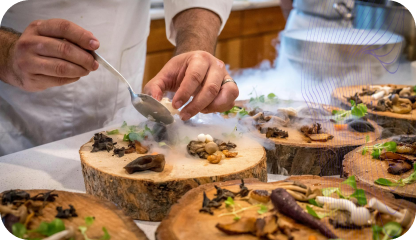
Закуски та перші страви
Почніть із закусок і перших страв. Зазвичай це перші страви, які бачать клієнти, тому переконайтеся, що вони привабливі та добре представлені. Використовуйте описи, які підкреслюють унікальні інгредієнти та методи приготування, щоб привернути увагу. Пропонуючи різноманітні варіанти, від легких закусок до більш ситних страв, ви можете задовольнити різні смаки та вподобання.
Ключові моменти для закусок:
-
Різноманітність: Пропонуйте різноманітні закуски, щоб задовольнити різні уподобання.
-
Описи: Підкресліть унікальні інгредієнти та способи приготування.
-
Привабливість: Переконайтеся, що закуски візуально та описово привабливі.
Закуски створюють основу для трапези, тому вони повинні бути розроблені так, щоб вражати. Пропонуючи різноманітний вибір і використовуючи спокусливі описи, ви можете заохотити клієнтів розпочати трапезу із захопленням і передчуттям.
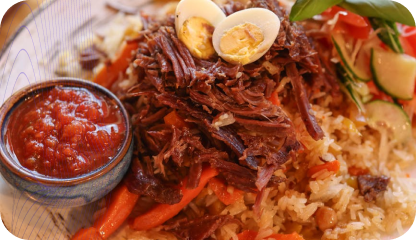
Основні страви
Далі йдуть основні страви. Згрупуйте схожі елементи разом, наприклад, вегетаріанські страви, морепродукти або м'ясо. Для більшої ясності використовуйте підзаголовки. Така організація допомагає клієнтам орієнтуватися в меню і швидко знаходити страви, які відповідають їхнім уподобанням. Поєднання фірмових страв і популярних фаворитів може задовольнити найрізноманітніші смаки.
Розглянемо ці поради для основних страв:
-
Групування: Згрупуйте схожі елементи разом для зручності навігації.
-
Підзаголовки: Використовуйте підзаголовки, щоб класифікувати основні страви.
-
Різноманітність: Включіть поєднання фірмових страв і популярних улюблених страв.
Основні страви є центральним елементом меню, і їх логічна організація може покращити враження від відвідування ресторану. Чіткі підзаголовки та групування схожих страв допомагають клієнтам швидко знайти те, що вони шукають, і зробити усвідомлений вибір.

Десерти та напої
Завершіть меню десертами та напоями. Цей розділ повинен спокушати клієнтів завершити трапезу солодким частуванням або освіжаючим напоєм. Виділіть будь-які особливі або фірмові страви. Пропонуючи різноманітні варіанти, від вишуканих десертів до легких освіжаючих напоїв, ви можете покращити загальне враження від обіду і стимулювати додаткові продажі.
При організації десертів і напоїв:
-
Спокуса: Переконайтеся, що описи спокусливі та привабливі.
-
Різноманітність: Пропонуйте широкий вибір десертів та напоїв.
-
Родзинки: Виділіть особливі або фірмові страви на видному місці.
Десерти та напої є завершальним штрихом до обіду. Пропонуючи спокусливий вибір і виділяючи особливі страви, ви можете залишити незабутнє враження і заохотити клієнтів до подальшого задоволення.
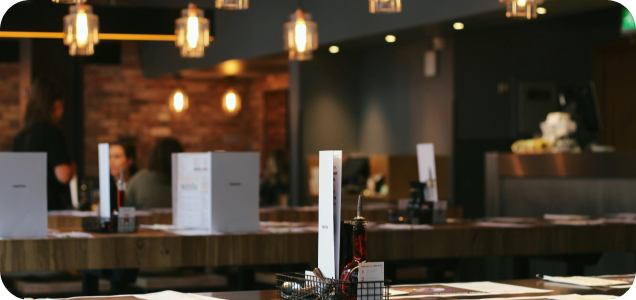
Крок п'ятий: Виділіть особливі пункти
Використовуйте елементи дизайну, такі як рамки, рамки або різні стилі шрифтів, щоб привернути увагу до особливих або високомаржинальних позицій у меню. Спеціальні пропозиції, рекомендації шеф-кухаря та сезонні страви можна виділити, щоб допомогти клієнтам зробити правильний вибір. Цей спосіб допомагає просувати страви, які приносять прибуток або є унікальними для вашого ресторану.
Ефективне виділення спеціальних позицій:
-
Елементи дизайну: Використовуйте рамки, рамки або різні стилі шрифтів, щоб виділити позиції.
-
Акції: Показуйте спеціальні пропозиції, рекомендації шеф-кухаря та сезонні страви.
-
Прибутковість: Виділяйте високоприбуткові позиції, щоб збільшити продажі.
Виділення спеціальних позицій може створити відчуття ексклюзивності та терміновості. Пропозиції з обмеженим терміном дії або сезонні страви можуть заохотити клієнтів спробувати щось нове або повернутися до закладу. Крім того, використання елементів дизайну, що привертають увагу, може забезпечити виділення цих позицій, не перевантажуючи загальний дизайн меню.

Крок шостий: Використовуйте описову та спокусливу мову
Пишіть апетитні описи, які спокушають клієнтів спробувати ваші страви. Виділіть унікальні інгредієнти, способи приготування та смаки, щоб кожна страва звучала неперевершено. Описова мова може викликати чуттєві відчуття і створити передчуття страви.
Поради щодо написання ефективних описів:
-
Інгредієнти: Виділіть унікальні та високоякісні інгредієнти.
-
Приготування: Опишіть методи приготування, щоб додати привабливості.
-
Сенсорні слова: Використовуйте слова, які викликають відчуття смаку, запаху та текстури.
Ефективні описи меню виходять за рамки переліку інгредієнтів. Вони розповідають історію страви, підкреслюючи те, що робить її особливою. Наприклад, замість того, щоб просто перерахувати "курка-гриль", в описі можна сказати "соковита курка-гриль, маринована в нашій домашній суміші трав і спецій, подається з пікантним лимонно-вершковим соусом". Такий підхід залучає уяву та смакові рецептори покупця, роблячи страву більш привабливою.

Крок сьомий: Ретельно вичитуйте та редагуйте
Ретельно перевіряйте меню на наявність помилок, щоб підтримувати професіоналізм. Орфографічні, граматичні помилки або неправильне ціноутворення можуть погіршити враження клієнтів і зашкодити репутації вашого ресторану. Добре відредаговане меню відображає увагу до деталей і прихильність до якості.
Кроки для ретельного вичитування:






Коректура має вирішальне значення для підтримки цілісності та професіоналізму вашого меню. Помилки можуть відвертати увагу і виглядати непрофесійно, що потенційно може призвести до розгубленості або незадоволення клієнтів. Бажано, щоб кілька людей переглядали меню, щоб виявити будь-які помилки. Крім того, переконайтеся, що всі ціни є точними та послідовними, а описи – чіткими та інформативними.
Найкращі практики дизайну меню для ресторанів
Дотримання найкращих практик допоможе зробити ваш креативний дизайн меню ресторану ефективним і привабливим. Ці рекомендації допоможуть покращити загальну якість меню та підвищити рівень обслуговування клієнтів.

Зробіть його простим
Зберігайте дизайн картки меню чистим і не захаращеним, щоб не відволікати клієнтів. Просте, добре організоване меню полегшує клієнтам вибір і покращує їхній досвід відвідування ресторану. Уникайте надмірного тексту, непотрібних зображень або надто складних макетів.
Щоб ваше меню було простим:
-
Ясність: Переконайтеся, що дизайн чистий і зрозумілий.
-
Мінімалізм: Не перевантажуйте меню зайвою інформацією.
-
Фокус: Виділяйте ключові пункти, не перевантажуючи клієнтів.
Простота – ключ до створення зручного меню. Захаращене меню з надмірною кількістю інформації може перевантажити клієнтів і ускладнити прийняття ними рішення. Зосередьтеся на наданні чіткої, стислої інформації та уникайте перевантаження меню великою кількістю варіантів вибору. Такий підхід не тільки покращує читабельність, але й створює більш приємний і невимушений досвід відвідування ресторану.

Зосередьтеся на читабельності
Переконайтеся, що текст легко читається. Використовуйте чіткий шрифт, відповідний розмір шрифту і хороший контраст між текстом і фоном. Уникайте використання занадто великої кількості різних шрифтів або стилів шрифтів. Читабельність має вирішальне значення для того, щоб усі клієнти могли легко зрозуміти меню.
Зверніть увагу на ці поради щодо читабельності:
-
Вибір шрифту: Використовуйте чіткі, легкі для читання шрифти.
-
Розмір шрифту: Переконайтеся, що розмір шрифту достатньо великий для всіх клієнтів.
-
Контрастність: Обирайте кольори, які забезпечують хороший контраст між текстом і фоном.
Читабельність має важливе значення для позитивного клієнтського досвіду. Дрібні шрифти або низький контраст можуть напружувати очі та ускладнювати читання меню, особливо при тьмяному освітленні. Обирайте чисті та розбірливі шрифти, а також забезпечуйте достатній інтервал між рядками та розділами. Така увага до деталей може зробити меню більш доступним і приємним для читання.
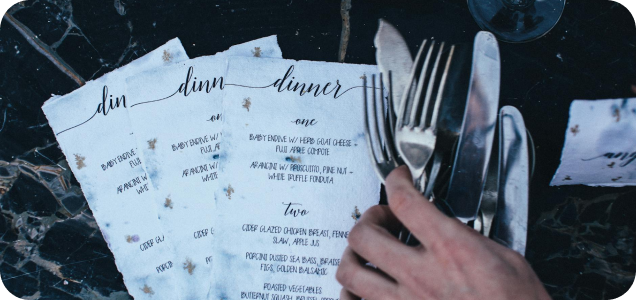
Використовуйте візуальну ієрархію
Використовуйте візуальну ієрархію, щоб спрямувати погляд клієнтів на найважливіші частини меню. Використовуйте більші шрифти, жирний текст або різні кольори для заголовків розділів та основних пунктів, щоб привернути увагу. Цей спосіб допомагає виділити ключові пункти та покращує загальний потік меню.
Для створення ефективної візуальної ієрархії:
-
Розмір шрифту: Використовуйте більші шрифти для заголовків і важливих пунктів.
-
Жирний текст: Виділяйте ключові пункти жирним текстом.
-
Колір: Використовуйте різні кольори, щоб розрізняти розділи та важливі пункти.
Візуальна ієрархія допомагає організувати меню таким чином, щоб природно привернути увагу клієнта. Надаючи пріоритет певним елементам, таким як заголовки або спеціальні пункти, ви можете гарантувати, що клієнти бачитимуть найважливішу інформацію першими. Такі способи, як зміна розміру шрифту, використання напівжирного або курсивного тексту, а також включення візуальних елементів, таких як рамки або затінення, можуть допомогти створити чітку та інтуїтивно зрозумілу ієрархію.

Регулярно оновлюйте меню
Регулярно оновлюйте меню, щоб воно залишалося свіжим та актуальним. Відображайте сезонні зміни, нові пропозиції та вподобання клієнтів. Оновлення модного дизайну меню показує, що ваш ресторан динамічний і уважно стежить за трендами. Регулярні оновлення також можуть розв'язати будь-які проблеми з наявністю страв або цінами.
Як підтримувати своє меню в актуальному стані:
-
Сезонні зміни: Оновіть меню, щоб відобразити сезонні інгредієнти та страви.
-
Нові пропозиції: Додайте нові страви та видаліть ті, що не мають попит.
-
Ціноутворення: Переконайтеся, що ціни актуальні та відображають поточні витрати.
Підтримання актуальності меню важливо для підтримки інтересу клієнтів і забезпечення того, щоб ваші пропозиції відображали найкраще, що може запропонувати ваша кухня. Сезонні оновлення можуть демонструвати свіжі, місцеві інгредієнти та надавати клієнтам нові враження від їжі. Регулярні перегляди також дозволяють коригувати ціни, вилучати позиції, що не мають попит, і вводити нові страви, які відповідають вподобанням клієнтів і ринковим тенденціям.
Інструменти для створення меню для ресторану
Щоб створити власне ресторанне меню, ви можете скористатися кількома інструментами. Вони варіюються від саморобних рішень до професійних послуг, пропонуючи гнучкість залежно від ваших потреб і бюджету.

Програмне забезпечення для графічного дизайну
Інструменти графічного дизайну, такі як Adobe Illustrator, Photoshop і Canva, можуть допомогти створити професійне меню. Ці інструменти пропонують шаблони, елементи дизайну та варіанти кастомізації відповідно до потреб вашого ресторану. Інвестиції в програмне забезпечення для дизайну можуть забезпечити більший контроль над творчим процесом.
Розглянемо ці варіанти програмного забезпечення:
-
Adobe Illustrator: Ідеально підходить для створення векторних дизайнів.
-
Photoshop: Чудовий інструмент для детального редагування та дизайну зображень.
-
Canva: Зручний інструмент з набором шаблонів та елементів дизайну.
Програмне забезпечення для графічного дизайну забезпечує гнучкість у створенні кастомних меню, які ідеально відповідають вашому бренду. Ці інструменти дозволяють експериментувати з різними макетами, шрифтами та кольоровими схемами, поки не знайдете ідеальне поєднання. Крім того, програмне забезпечення для дизайну часто включає шаблони та ресурси, які можуть спростити процес дизайну та забезпечити відшліфований кінцевий продукт.
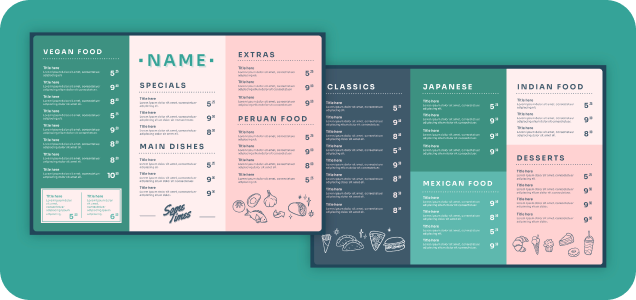
Шаблони дизайну меню
Використання крутих шаблонів дизайну меню ресторану може спростити процес розробки та забезпечити послідовність. Багато інструментів графічного дизайну пропонують готові шаблони, які можна налаштувати відповідно до вашого бренду та пунктів меню. Шаблони є відправною точкою і можуть заощадити час у процесі розробки.
Переваги використання шаблонів включають в себе наступні:
-
Готові шаблони: Вибирайте з безлічі готових шаблонів.
-
Кастомізація: Налаштуйте шаблони відповідно до вашого бренду та пунктів меню.
-
Узгодженість: Забезпечте однаковий вигляд для всіх форматів меню.
Ідеї дизайну меню для ресторанів – чудовий ресурс для тих, хто не має великого досвіду в дизайні. Шаблони надають структурований макет, який ви можете налаштувати за допомогою власного тексту, зображень та елементів брендингу. Такий підхід забезпечує узгодженість і може допомогти вам досягти професійного вигляду з мінімальними зусиллями. Шаблони також корисні для підтримки єдиного дизайну в різних форматах меню, таких як друковані та цифрові.

Професійні послуги з дизайну
Подумайте про те, щоб скористатися послугами професійного дизайнера для створення відшліфованого та вишуканого меню. Графічні дизайнери можуть надати кваліфіковану консультацію та створити індивідуальне меню, яке ідеально відображатиме бренд і стиль вашого ресторану. Професійні послуги можуть бути особливо корисними для складних дизайнів або при запуску нової концепції.
Переваги професійних послуг:
-
Поради експертів: Скористайтеся досвідом професійних дизайнерів.
-
Індивідуальний дизайн: Отримайте індивідуальне меню, яке ідеально відображає ваш бренд.
-
Комплексний дизайн: Ідеально підходить для складних дизайнів або масштабних ребрендингів.
Професійні дизайнери використовують свій досвід і творчий підхід, гарантуючи, що ваше меню буде не лише візуально привабливим, але й стратегічно продуманим. Вони можуть запропонувати розуміння останніх тенденцій дизайну, теорій кольору та найкращих практик типографіки. Наймання професіонала може бути особливо цінним для нових ресторанів або великих зусиль з ребрендингу, де перше враження має вирішальне значення.

Інтегровані системи управління рестораном
Використання інтегрованої POS-системи для ресторанів, такої як ME-POS, може спростити оновлення меню та управління запасами. Ці системи дозволяють легко вносити зміни в меню, безперешкодно синхронізувати його з інвентарем і підвищувати ефективність, що в кінцевому підсумку покращує задоволеність клієнтів. Інтегровані системи можуть оптимізувати операції та гарантувати, що меню залишатиметься точним та актуальним.
Переваги інтегрованих систем включають:
-
Легке оновлення: Спрощення оновлення та коригування меню.
-
Управління запасами: Синхронізація меню з інвентарем для точної доступності.
-
Ефективність: Підвищення загальної ефективності та задоволеності клієнтів.
Інтегровані системи управління рестораном – це комплексне рішення для управління меню. Ці системи допоможуть вам відстежувати запаси, оновлювати позиції меню в режимі реального часу та аналізувати дані про продажі для прийняття обґрунтованих рішень. Інтегруючи розробку меню із загальним управлінням рестораном, ви зможете забезпечити узгодженість та ефективність усіх аспектів вашої діяльності.

Висновок
Висновок
Найкращий дизайн меню ресторану – це більше, ніж просто перелік страв; це потужний інструмент, який може покращити клієнтський досвід, відобразити ваш бренд і стимулювати продажі. Розуміючи важливість крутого дизайну меню ресторану, включаючи ключові елементи, слідуючи покроковому керівництву і дотримуючись кращих практик, ви можете створити меню, яке не тільки сподобається вашим клієнтам, але і буде сприяти досягненню ваших бізнес-цілей. Використовуйте доступні інструменти та ресурси, і не соромтеся звертатися за професійною допомогою, якщо це необхідно. Чудове меню – це інвестиція в успіх вашого ресторану.
Переглянути більше
Related Articles
Переглянути більше



